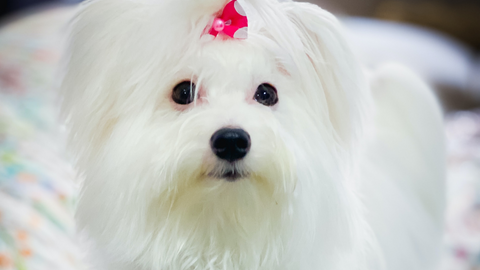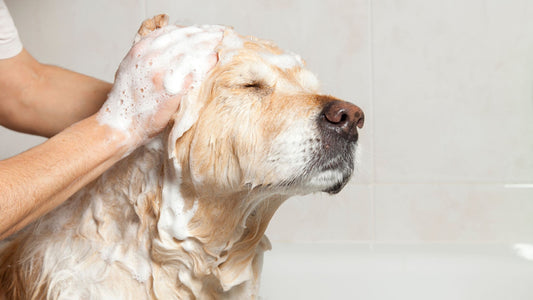How to remove stains on dog tears

When furry friends start to form spots around their eyes or tears, many people worry about them. This is not a bad thing.
The spots on your pet's tears are caused by some eye diseases in dogs or cats, which are called epididymitis. This is a continuous tear or excessive tear.
The stain that causes the epididymis may worry us, because it depends on its cause. It may or may not represent a health problem. Before you want to remove the stain on the dog's face, eyes or fur, the most important thing is to know what caused it. To do this, it is recommended that you see a veterinarian before taking any action to remove stains from your furry face.
Veterinarians are experts in determining whether this tear is caused by allergy or irritation. If there is a problem with your eyelids or any defect in your eyes that prevents the normal discharge of tears. It may need something more urgent than removing stains.
In some breeds, this condition is normal in nature, and there are morphological or congenital reasons. The spots on dog fur are usually brown or red, which are common in poodles, poodles, Persian cats, Maltese dogs, Yorkshire Terriers and other breeds.
How can I help prevent spots in my dog's tears?
When the cause of the stain involves any health problem, medical treatment helps to prevent the development of epiphyseal plate. Antibiotics or surgical treatment may be included, as appropriate.
In some species, some hairs near the tear area may hinder the normal discharge of tears. It is recommended to trim these hair. You can take him to see a specialist, beautician or dog barber and deal with the area carefully.
Once the cause is found, the work of preventing and removing stains can be carried out.
How to remove stains on dog's eyes, face and tears
It's also important to assess your diet and water before we attack the hair area directly. Some foods, especially those containing many additives, may cause normal changes and changes in the composition of tears. Like water containing many minerals, it can also promote and aggravate the occurrence of stains.
If you've completed all the steps we've discussed so far, it's time to start removing stains from your hair.
Natural detergent
Some natural ingredients may help reduce the dyeing strength. One way is to cause a slight change in acidity in the stained area to help remove the bacteria that cause facial hair to turn red or black.
Apple cider vinegar is a great ally to alleviate these stains. Applying a small dose to a dog's dyed hair helps to clarify and improve the appearance of spots. It is recommended to dilute one teaspoon of apple vinegar into enough water, wipe it with a wet towel for one minute, and then remove it with a lot of water.
Although this is a natural therapy, it is not recommended for pets with ulcers or esophageal or bladder problems. Jealousy can worsen the situation.
The use of peroxides or corrosives to remove stains is not recommended.
White pet shampoo
One of Tips for taking care of pet white hair She is washing her hair with a special shampoo.
Through research and advanced cosmetics, a formula product specially used for stains on pet white hair has been developed.
Many of these shampoos, conditioner or other products have a natural basis and add natural pigments to make it possible to reduce white or light hair spots in dogs or cats.
that White hair pure Shampoo It is formulated to maintain the brightness and brightness of the pet's white blanket. The Moisturizing Foundation of this shampoo is aloe and vitamin supplement to restore the natural and healthy skin.




